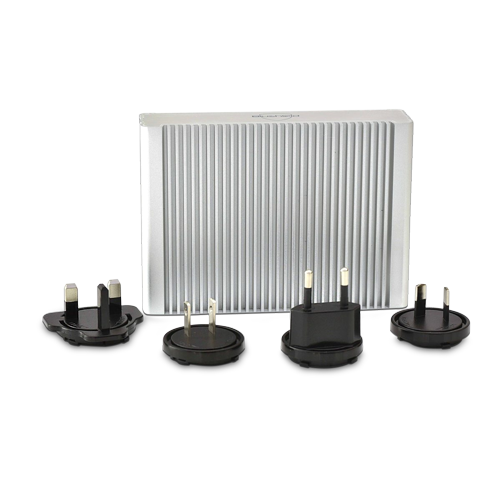5G cell towers are a brand new type of antenna that's being utilized by wireless companies to offer internet service. They are more powerful than 4g towers and are more dense.
Cities are increasingly worried that these towers could be harmful to their residents. The concerns are related to health, privacy and aesthetic concerns.
They're bigger
With 5G, the frequency that radio waves travel through is higher than 4G- which implies that it requires more towers in order to transmit information. This can increase the amount of radiation that can be released into our environment.
This is a huge issue for HOA communities as well as real property investors, and others concerned about the negative health impacts. They are concerned that the addition of more 5g towers will decrease the value of properties and adversely impact the health of the public.
The only way to fix this issue is to alter the way we communicate through WiFi instead of conventional mobile networks. That's not going to occur overnight but it will happen eventually.
But how can that be achieved? How can we improve the security of our cell towers? The answer lies in the technology of cell towers, also known as small cells.
They're more expensive
If you're in a city, you've probably seen large towers of cell equipment that sit atop masts and other structures. These are towers that are 4G and are used to offer wireless internet service to nearby regions.
They're typically 50-200 feet tall, and they're designed to blend in with the surrounding environment, reducing their aesthetic impact. In comparison to 4G, 5G technology requires more dense tower coverage to cover a wider area.
Those dense cell sites can be difficult to maintain as they require being constantly connected and capable of offering high speeds. This means they're more expensive than other types of towers.
But if you're a tower owner or the operator of a mobile phone network, it's sensible to upgrade your current towers to 5G to take advantage of the arrival of new technologies to the market. Incorporating these latest technologies into existing sites can help increase the site's capabilities and eventually lead to more income for you.
dangers of 5g : What's the Problem?

https://sykes-wiberg.blogbright.net/do-you-need-5g-1681269474 of the main issues with 5g towers is that these emit more radiation than other types of towers. This is due to the fact that they have to be more densely placed over an area in order to guarantee coverage.
The RF waves given off by cell phone towers do not possess enough power to cause damage to DNA directly or to heat tissues of the body, however they are able to break down chemical bonds in DNA, which can cause cell damage and even cancer.
The concern is that living in close proximity to a 5g tower could have negative health effects.
That's because these towers have a higher chance be situated near to schools and homes which can emit radiofrequency waves all the time. They will be closer to you than ever before, and it's more likely that radiation from them will be absorbed by your body.
They're not necessary
5G networks depend on a brand new segment of the radio spectrum to transmit data. They are called millimeter waves. They're much shorter than traditional radio waves with only 1 to 10mm in length, so they are more frequent and can transmit more energy.
To deliver the ultra-fast speeds and low latency that 5G promises, you need to have a massive array of mobile towers. get more info will require a large number of masts that cover cities, roads, business districts, colleges, and even farms.
But there are other ways to deliver fast internet service in highly-populated regions. One option is to create small cell towers that are densely distributed to reduce coverage gaps.
However, the biggest concern is where these small cells will go and how they'll affect residents. Local government and residents are trying to find ways to block these installations or prevent them from occurring in their neighborhoods.
